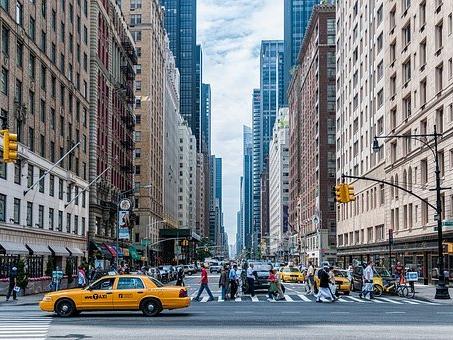雅思大作文【城市规划者应该提供更高的建筑】范文欣赏!
To access whether planners should provide taller buildings in the city or expand the city area for more houses, one should first consider it inside a holistic urban system; only after knowing what the city would be like in its future development should a type of building be proved meaningful.

Before scrutinizing whether a “vertical city” mode, through which taller buildings prevail in the urban center, is better, we must know that it is forced by the current or future situation of specific cities. No matter how some would enjoy viewing the scenery gained at a high altitude, the only reason for constructing a skyscraper is the conflict between the limited urban land area and the proliferating population. Compared with traditional architectures, a high-rise building erected in cities that neither provide enough room for living, nor form a fast transport connected to suburbs can integrate more residents within the same area, make full use of land, and achieve a goal of multi-function inside a structure. However, both city planners and residents may have to sacrifice a lot due to this. Because of the construction difficulties, this building type is higher-cost and involves more labor force than building houses. As for the residents, they have to reconcile themselves to the relatively crowding living environment and the limitation in terms of living safety: modern rescue system is still out of the ability to prevent all inhabitants from being stuck in high-rise buildings when disasters (such as a fire) happen.
The architectural form listed above is a common scenario and a forced-choice in most urban centers where the land is cherished, and the housing demand is severe. However, to provide individuals with more houses via exploring suburban spaces, though available in some cities, is not always considered more rational than the former. Unlike tall buildings, such “horizontal city”mode indeed lowers down the barriers and costs of construction, and residents living in houses may indeed feel more comfortable. This type of building enables users to live more independently and to have a relatively more adequate living space. The flaw of the policy is that citizens have to face traffic problems; living in new lands means a distance away from urban centers or other major functional locations, and it always takes years for a new place to prosper. Unless the transport system is fluent enough, those house residents may have to pay the price of being isolated from the downtown and enduring the inconvenience at least for a long while.
Like most things, I would argue that the choice between the two alternatives may have to depend on the balance between the positive outcomes of both building types and the side effects of them. Such consideration is also linked with the concrete arrangement of a specific city. Planners should thoroughly examine whether tall buildings can fulfill all the requirements of their citizens and whether the problems can be overcome, or, on the other hand, the new area explored can be efficiently connected to the main parts of the city. Whichever the case is, they should ensure the merits of the city mode should dwarf the shortcomings.
相关词汇和语法结构
Holistic 整体的
Scrutinize 审视
Skyscraper 摩天大楼








